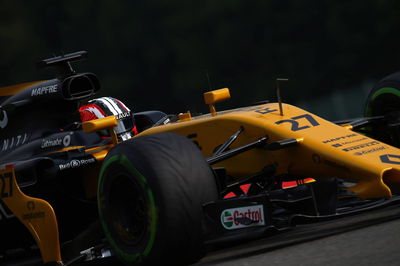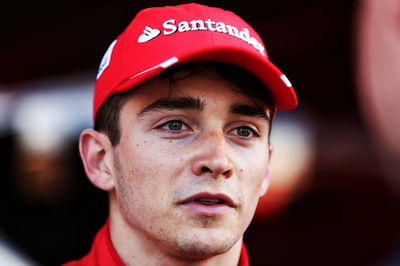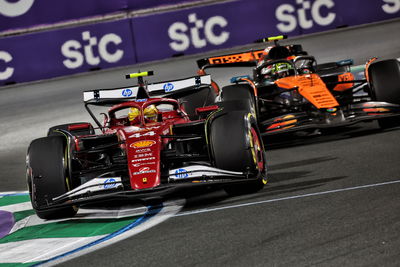Halo changes 2018 chassis construction – Renault
Renault’s technical director Nick Chester says introducing the Halo cockpit protector to its 2018 design has enforced construction alterations which he concedes has posed ‘a big challenge’.
After the FIA confirmed the Halo would become mandatory in Formula 1 from the 2018 world championship a number of teams have been forced into redesigns on early developments for next year’s car to curtail the performance hits the new cockpit protector will have on the aerodynamics of the cars.

Renault’s technical director Nick Chester says introducing the Halo cockpit protector to its 2018 design has enforced construction alterations which he concedes has posed ‘a big challenge’.
After the FIA confirmed the Halo would become mandatory in Formula 1 from the 2018 world championship a number of teams have been forced into redesigns on early developments for next year’s car to curtail the performance hits the new cockpit protector will have on the aerodynamics of the cars.
Chester says the Halo has posed a challenge for every F1 team and at Renault it has forced a chassis redesign which has proven an additional task having had just one year of development with the new era of F1 technical regulations.
“We have to get the Halo on the car for next year and that’s a big challenge,” Chester said. “That will be a big deal as it changes the chassis construction.
“There are other developments in the pipeline, we are still learning lessons from this year’s car and aiming to transfer that knowledge into next year’s car.”
Turning attention to the remainder of 2017, Chester is confident Renault has the fourth-quickest car on the grid as he hunts fifth place in the F1 world constructors’ championship. Renault currently sits eighth in the F1 standings but just 21 points split the French manufacturer from fifth-placed Williams.
“We’ve made softer rear springs to make the rear end more compliant which will aid traction,” Chester said. “As ever, you have to get the compromise right as it’s a balance between a compliant chassis and not losing too much aero performance. We have some minor updates to the bodywork which we will evaluate during the practice sessions.
“Since Silverstone the car has been a chunk more competitive. Budapest and Spa kept that trend up and we were the fourth quickest car in terms of pace. We weren’t as quick in Monza, but the upcoming races should see us back to the level of performance we saw at Spa.
“There are no remaining tracks with super low downforce. We have good potential to be strong at these next three Asian races.”











